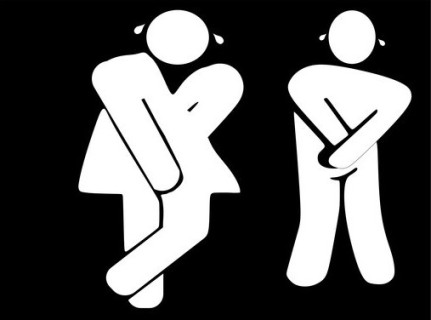Paruresis or shy bladder syndrome: What it is and how it is
In medical terms, Paruresis, and in colloquial terms shy bladder syndrome. What lies behind it? An inability to urinate in public toilets or in front of other people. Although we have an almost unknown phobia, the truth is that it could affect about 14% of the population, according to research published in The Journal of General Psychology. Paruresis can manifest itself more or less intensely. Thus, some people recognize that they feel uncomfortable if they know they are being seen or heard by anyone while urinating. Others, in more severe cases, fail to urinate even until get to the bath has been a priority.
The shy bladder syndrome is not new; in fact, it was described in 1954 by Williams and Degenhardt. Although in the majority of cases it is usually mild, should not be underestimated it, since some people can indeed become a serious problem. The reaction of the body of a paruretic is tensing the sphincters just with thinking that the body noises can be heard by another person while in the bathroom.
The stress, the anxiety and even a traumatic experience can be the cause of this phobia or irrational fear. In fact, the situation may result in an erroneous sense of shame in those who suffer, what does not go to the doctor for help, because the shy bladder syndrome can be treated so that it does not imply any limitation.
Hold urine when there is need to expel it can cause physical discomfort, but the consequences are emotional and can also affect the behavior. Thus, people with shy bladder syndrome tend to avoid going to public places (cinemas, restaurants …) and limit activities outside the home. In addition, they can develop episodes of anxiety at the prospect of working hours or school if they need to go to a public restroom.
How is it treated
The best practice, according to experts, is starting a treatment based on relaxation exercises to gradually modify behavior and learning to fears that hide behind the Paruresis. In the most severe cases, you can apply a cognitive behavioral therapy.
